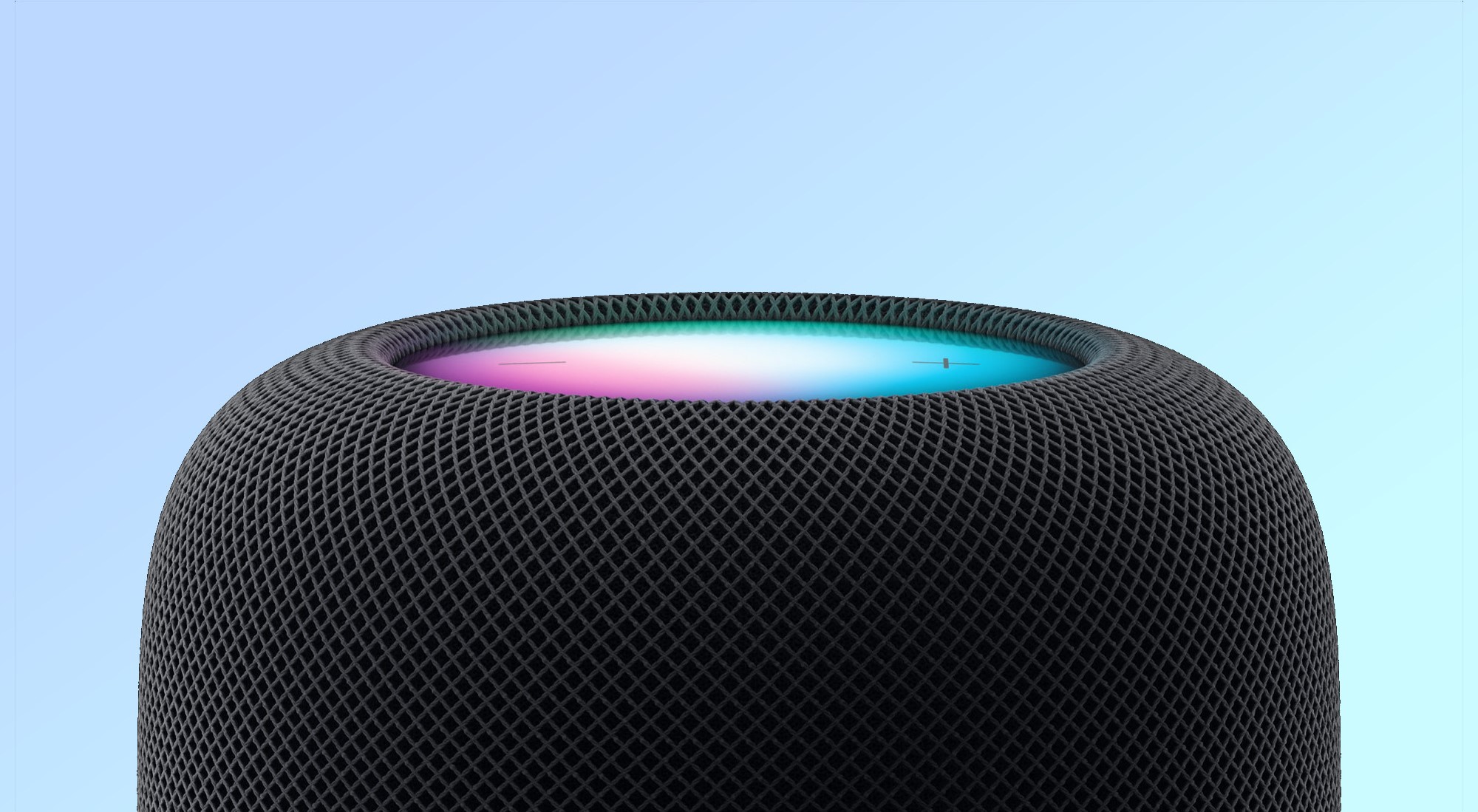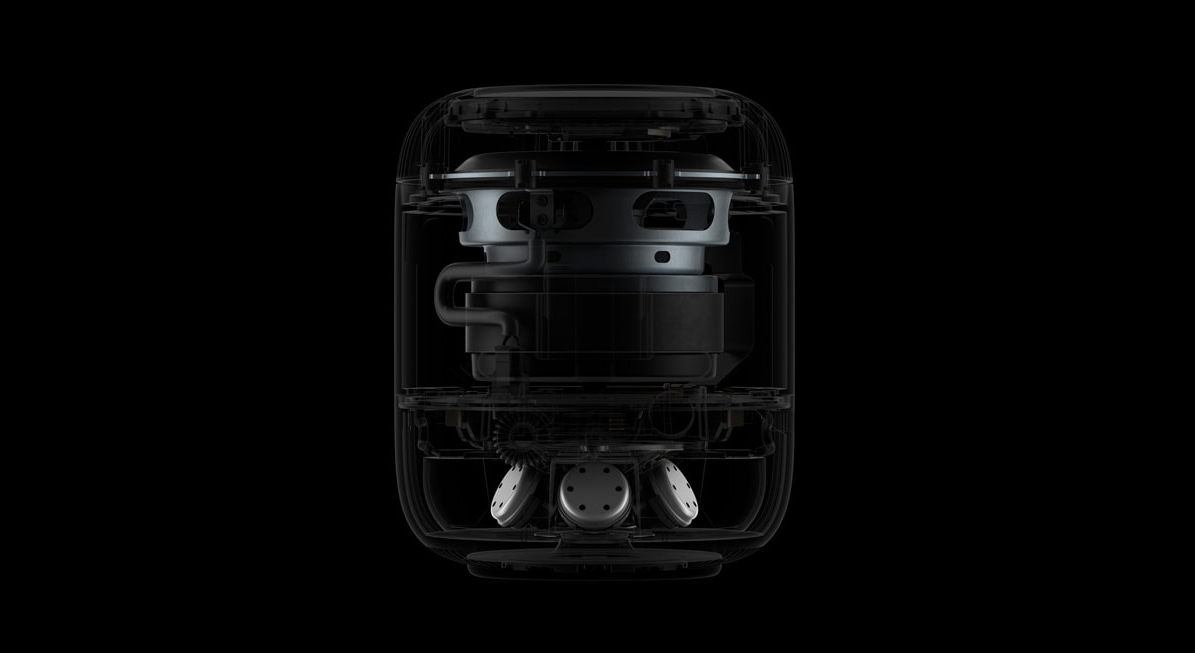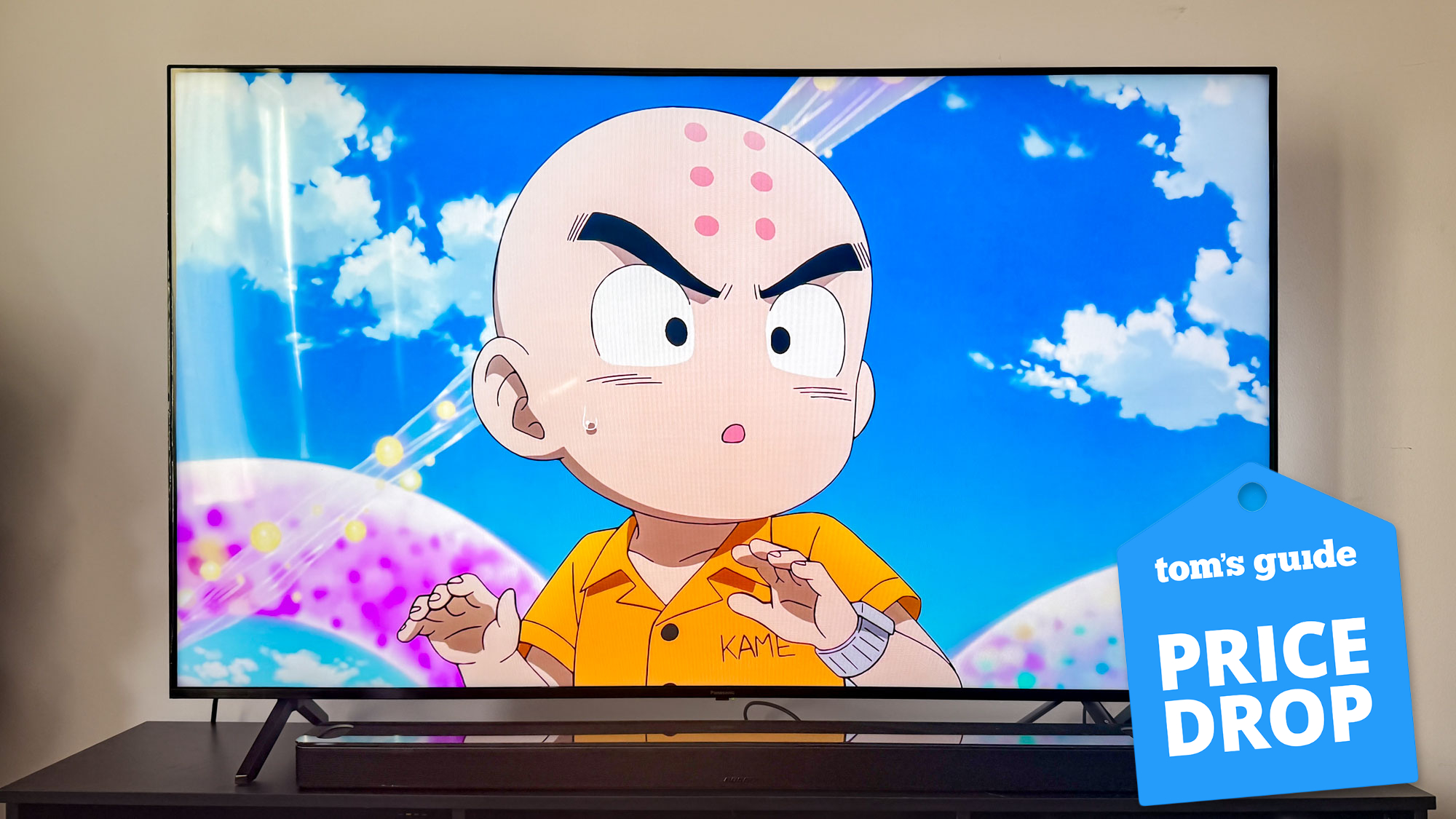First look: the Apple HomePod 2 sounds great, but is that enough?

Can the Apple HomePod (2nd generation) succeed where the original failed? I attended a brief listening session where Apple showed off its newest smart speaker, which goes on sale on Feb. 3.
TL;DR: The audio from the new device was definitely impressive. But the question remains if this $299 device can outperform the less expensive Amazon Echo Studio ($199) and Sonos One ($219) as the best smart speaker. Read on for what I heard, and how it sounded.
Update: Our full Apple HomePod (2nd gen) review is now up, so head on over to read our full impressions of Apple's premium smart speaker.
Apple HomePod (2nd gen): Design
Based on photos, if you were looking at the original HomePod and the HomePod 2 side by side, you'd be hard-pressed to spot which is the newer model, as they're virtually identical. The main difference is the circular touchscreen on the top, which looks to be slightly recessed in the newer version.

However, the interior photos of both show a much different setup. The first-gen HomePod has an array of seven speakers around the bottom, whereas the second-gen model has just five.
Apple HomePod (2nd gen): Audio
Even before it was loading U2 albums onto iPods, Apple has been obsessed with music, and the HomePod 2's audio quality shows that. I was able to listen to brief snippets from several songs, which highlighted various aspects of the speaker's capabilities.
Like the original HomePod, the second-gen model has a 360-degree sound profile, as well as adaptive audio; it uses its built-in microphone array (four on the new model, versus six on the original) to sonically map the room it's in, and tailor the output from the speakers for the best possible listening experience.
Get instant access to breaking news, the hottest reviews, great deals and helpful tips.
I listened to the HomePod in a high-ceilinged room; the HomePod was sitting on a console about two feet off the ground, with a brick wall behind it. While my time was brief, I didn't notice any echos or reverberations from the wall.
First up was Everybody by Ingrid Michaelson, to emphasize the HomePod's ability to accurately reproduce higher tones; the singer's voice, as well as the plucking of the guitars, were crisp and bright.
Next, Apple showed off the low-end capabilities of the HomePod by playing 6 or 7 More by Cool Sounds, which has a funky bass line driving the track; it came through clearly, with no muddiness whatsoever.
More impressive was when two HomePods were brought out; like the original and the HomePod mini, you can pair two of them together for stereo sound. (At that point, you'd be dropping $600, which is no small amount.)
We capped off the listening section with a live recording of the Eagles' Hotel California; the extended introduction was truly immersive, with the various guitars, bass, and other instruments really filling the room, but occupying their own space within it.
Apple HomePod (2nd gen): Outlook
There's no question that the audio quality of the second-generation HomePod is excellent; that much at least was certain even before I listened to a note from the new smart speaker. However, the original HomePod also turned out amazing sound, too, but that quality alone didn't prevent it from becoming an also-ran.
Where the HomePod (2nd generation) needs to succeed is not just with audio, but with everything else that makes a smart speaker smart — namely, compatibility with a lot more smart home devices, and better ways to use them all together. Apple is addressing that with built-in support for the Matter smart home standard, and the new HomePod also has a temperature and humidity sensor — one of the features we like so much in the Amazon Echo.
The HomePod's high price of $299 is also going to be a challenge, especially when competing devices cost considerably less. Is the audio quality of the HomePod 2 that much better? We'll have to wait and see.

Michael A. Prospero is the U.S. Editor-in-Chief for Tom’s Guide. He oversees all evergreen content and oversees the Homes, Smart Home, and Fitness/Wearables categories for the site. In his spare time, he also tests out the latest drones, electric scooters, and smart home gadgets, such as video doorbells. Before his tenure at Tom's Guide, he was the Reviews Editor for Laptop Magazine, a reporter at Fast Company, the Times of Trenton, and, many eons back, an intern at George magazine. He received his undergraduate degree from Boston College, where he worked on the campus newspaper The Heights, and then attended the Columbia University school of Journalism. When he’s not testing out the latest running watch, electric scooter, or skiing or training for a marathon, he’s probably using the latest sous vide machine, smoker, or pizza oven, to the delight — or chagrin — of his family.
